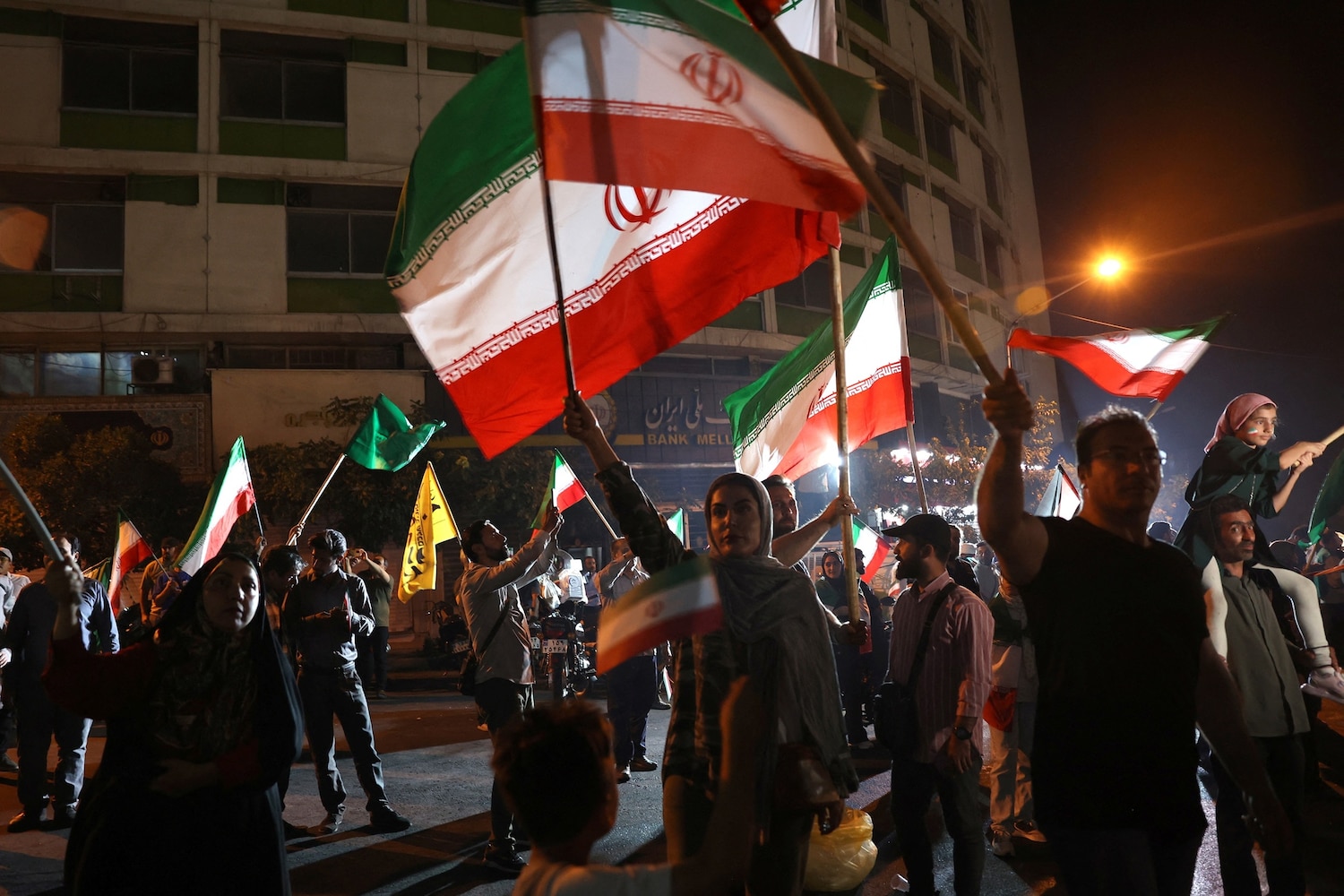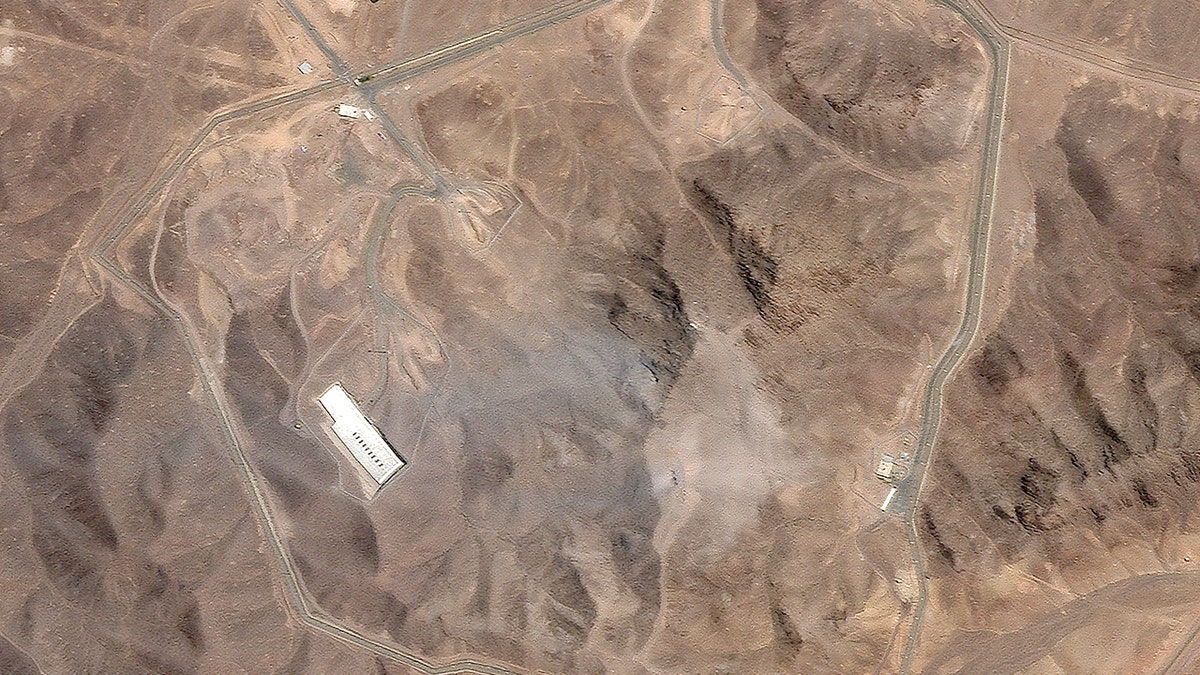
In the wake of recent military actions targeting Iran’s nuclear infrastructure, a sharp focus has been cast upon the complex and unsettling science underpinning the risks involved, alongside the profound geopolitical implications reverberating across the globe. President Donald Trump announced on Saturday on his Truth Social platform that the United States had carried out strikes against Iranian nuclear sites, including Fordow, Natanz, and Isfahan.
These strikes followed a series of multiple air attacks by Israel on Iranian nuclear facilities since launching its surprise operation on June 13. The targets have spanned research reactors, enrichment plants, and other key nuclear facilities. The damage observed from satellite imagery has been significant, triggering serious concerns not only about the status of Iran’s nuclear program but also about the potential for radiological and chemical release.
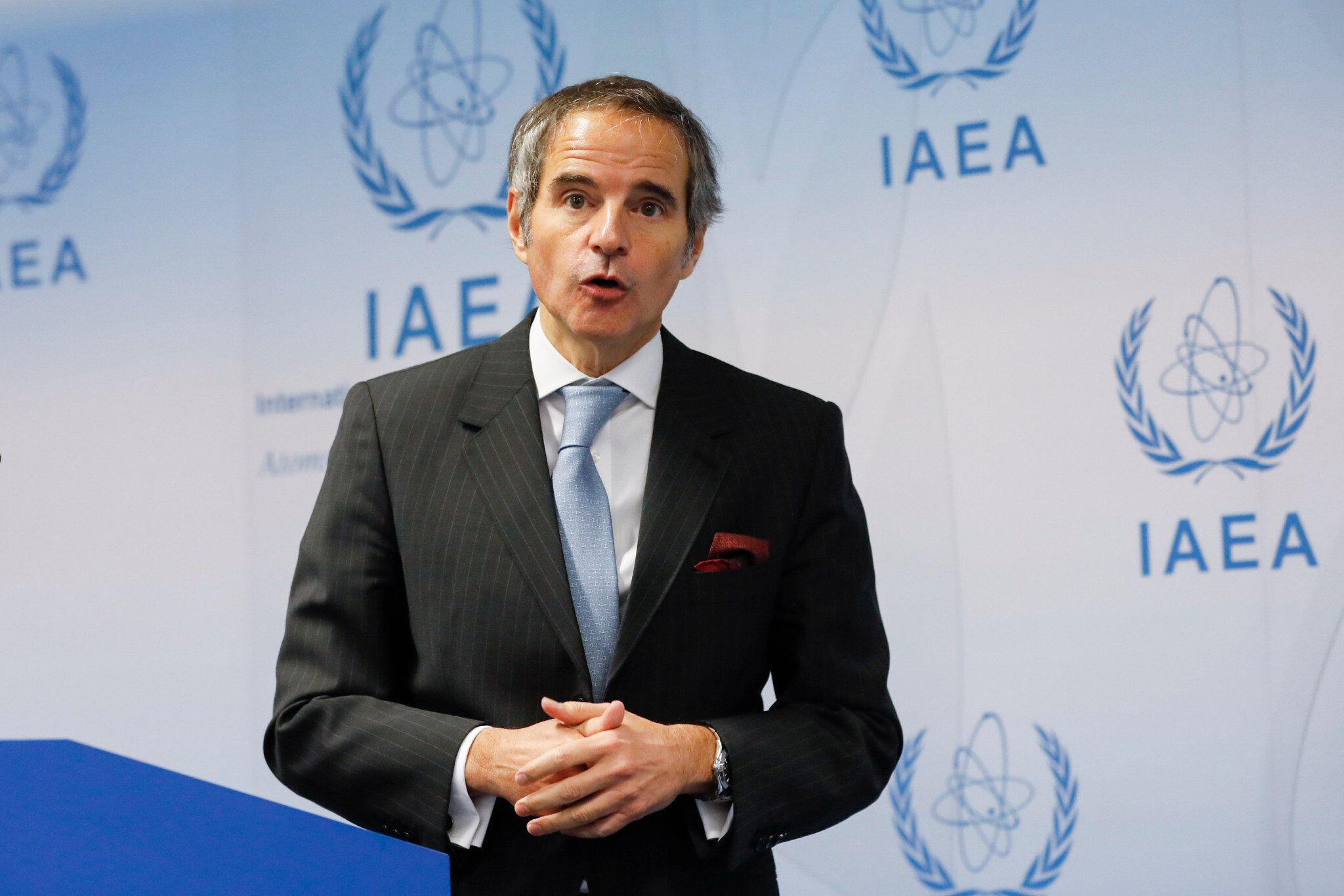
Speaking at the UN Security Council, Rafael Grossi, the director-general of the International Atomic Energy Agency (IAEA), addressed the immediate aftermath. He stated that “no radiological release has affected the public,” which provided some initial reassurance regarding off-site contamination. However, he added a crucial caveat, noting that “[Israel’s] attacks on Iranian nuclear sites have caused a sharp degradation in nuclear safety and security.”
Since June 13, several of Iran’s key nuclear sites sustained damage, including the two enrichment facilities at Natanz, four buildings at Isfahan, and a research reactor at Khondab. Grossi’s update confirmed that radiation levels measured outside the damaged facilities did not show an increase. Nevertheless, he cautioned that toxic chemicals and radiological contaminants might have been dispersed inside some of these facilities, specifically mentioning the underground Natanz enrichment plant as a potential location for such internal dispersion.
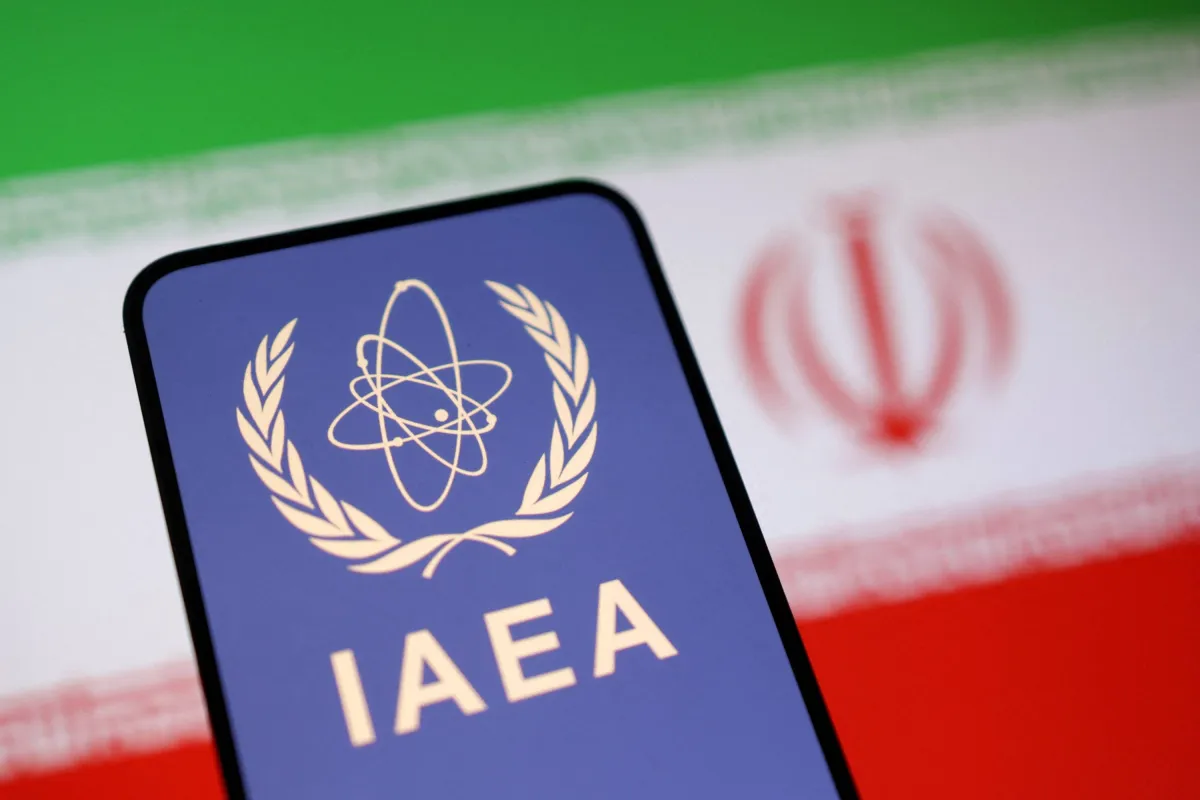
The technical heart of the concern lies in Iran’s inventory of enriched uranium. According to IAEA estimates as of May 17, this total was approximately 9,250 kilograms. This substantial figure encompasses various forms of uranium, including 8,400 kilograms of uranium hexafluoride gas, a form central to the enrichment process. It also includes 620 kilograms of uranium oxide, 71 kilograms of uranium metal in fuel assemblies, plates, and rods, 4 kilograms of uranium in targets, and about 140 kilograms of uranium in liquid and solid scrap, which constitutes radioactive waste.
Of particular note is the IAEA’s estimate that over 400 kilograms of this uranium hexafluoride gas had already been enriched to a concentration of 60 percent. This level is regarded as highly enriched uranium, a significant step towards weapons-grade material, though not yet at that final threshold. Ian Stewart, a non-proliferation expert, explains that this 60-percent enriched material sits outside of international oversight. He calculates that this quantity is sufficient for approximately 10 nuclear weapons, highlighting the immediate proliferation concern.
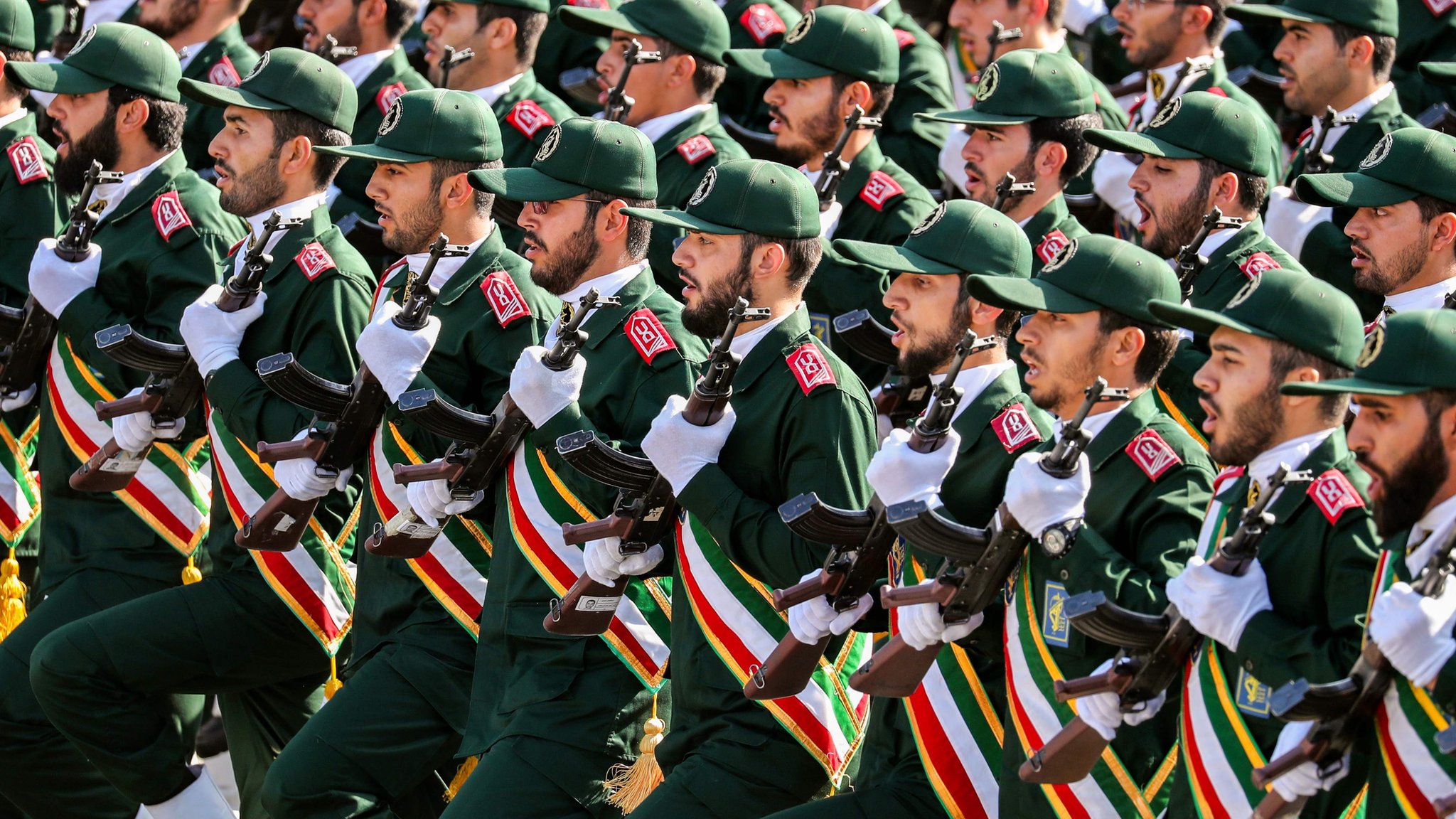
A troubling unknown factor is the current location of Iran’s highly enriched uranium stockpile. It is not publicly known precisely where this material is stored. There is speculation that it could potentially already be under the control of Iran’s Islamic Revolutionary Guard Corps (IRGC) and moved to one of several secret facilities. Adding weight to this concern, a senior IRGC official reportedly stated on Thursday that all the enriched uranium had been preventively transferred to hidden locations.
Furthermore, Iran might possess undisclosed centrifuges, potentially housed at these alleged secret sites, which could be used to further enrich, or concentrate, its existing stockpile of 60-percent uranium. Experts contemplate that these advanced centrifuges might even already be in operation, accelerating the potential timeline for achieving weapons-grade material.
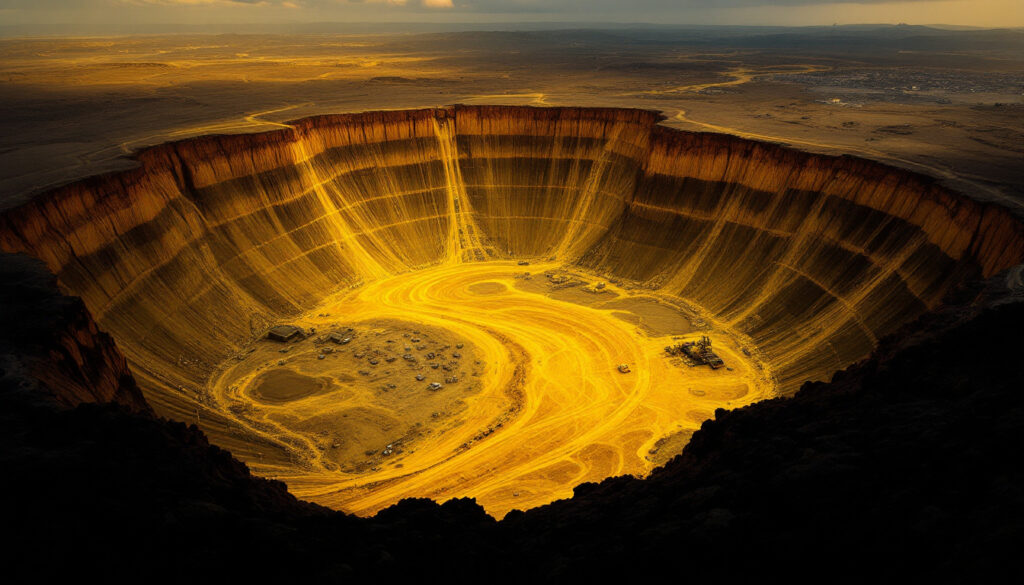
Mined uranium naturally contains less than 1 percent of the fissile isotope uranium 235, the material capable of sustaining nuclear chain reactions. The process of enriching uranium from this natural concentration to 60 percent uranium 235 is considerably more time-consuming than the final step of further purifying 60-percent uranium 235 to a 90-percent concentration. The 90-percent level is widely recognized as the standard for “weapons grade” material.
Experts estimate that, starting from 60-percent enriched uranium, it could take Iran as little as five to six days to complete this final step and enrich enough uranium for a single nuclear weapon. While the prospect of Iran weaponizing this material is an extremely urgent and rightly focused concern, it is not the sole potential risk stemming from the country’s nuclear stockpile, especially in the context of military strikes.

Even if the material is not actively being processed for weapons, the sheer presence and condition of Iran’s highly enriched uranium pose inherent risks. While much remains unknown about the precise whereabouts or storage conditions of this material, it represents a significant potential source of contamination or radiation exposure risk, regardless of whether it becomes a target of an attack or is involved in an accident.
Storing a large amount of enriched uranium hexafluoride gas in tanks within a relatively confined area presents a significant chemical risk, particularly if such a storage facility were to be attacked. The lack of precise knowledge regarding the exact quantity of this material inside the tanks or the specific conditions under which it is stored further amplifies this potential hazard.
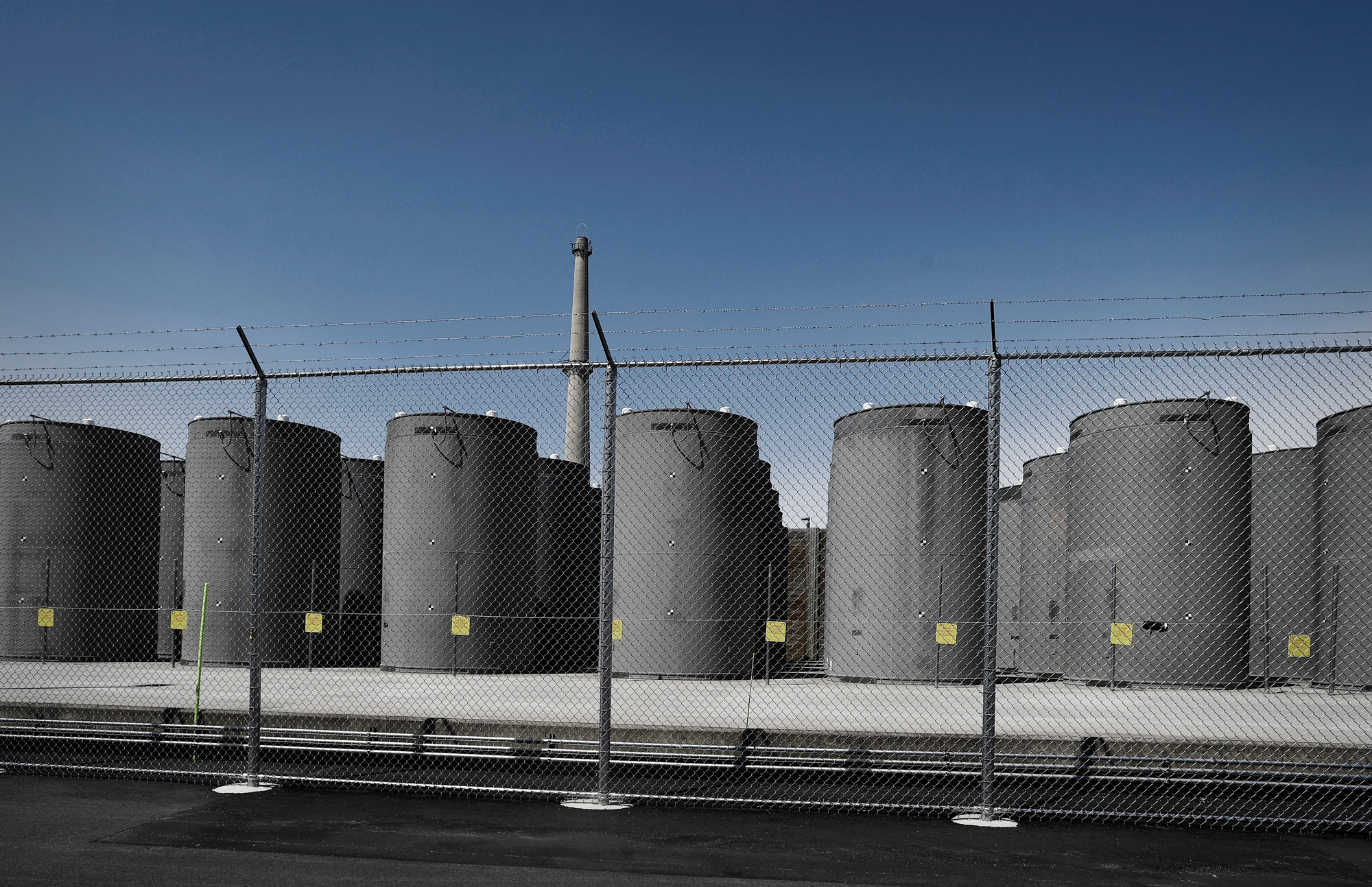
Hurried transport or improper storage conditions for nuclear materials could also substantially increase the risk of exposure to toxic chemicals. Uranium hexafluoride gas, while not directly fissile itself, undergoes a dangerous reaction if moisture comes into contact with transport or storage cylinders. When water is present, uranium, especially enriched uranium, becomes more reactive, potentially creating conditions conducive to a nuclear fission chain reaction.
Such a reaction could escalate, potentially leading to a chemical explosion of the cylinders. This could result in a significant dispersion of uranium hexafluoride gas both inside the facility and potentially into the wider environment. This scenario, leading to substantial contamination, is a possibility even without an external military attack, simply due to unsafe handling or storage.
To gain a clearer perspective on the potential for radiological contamination arising from the Israel-Iran conflict, experts have attempted to analyze the type and scale of risks based on publicly available information about Iran’s nuclear sites from before the Israeli attacks commenced. A truly accurate assessment, however, would necessitate complete and up-to-date knowledge of the current chemical and physical properties, precise quantities, and exact storage conditions of the nuclear material inventories at these sites. This detailed information is currently unavailable.

